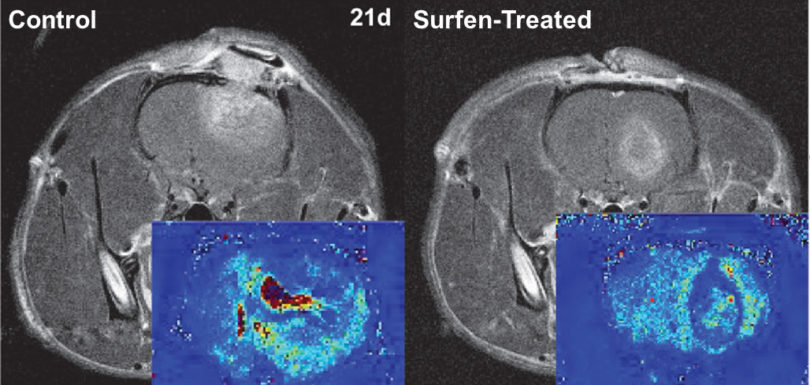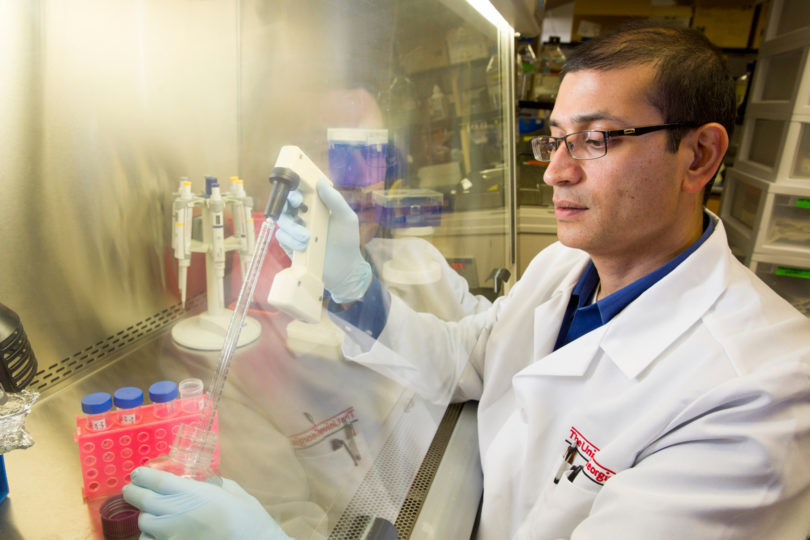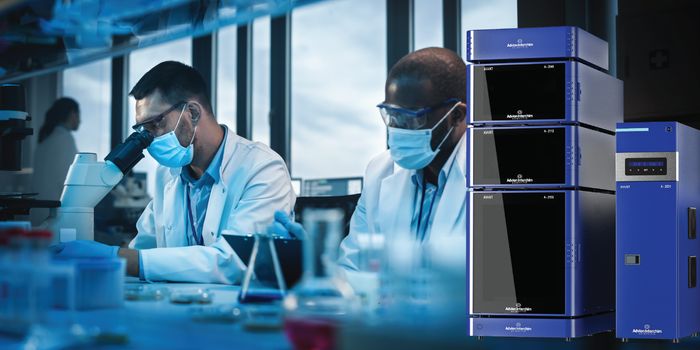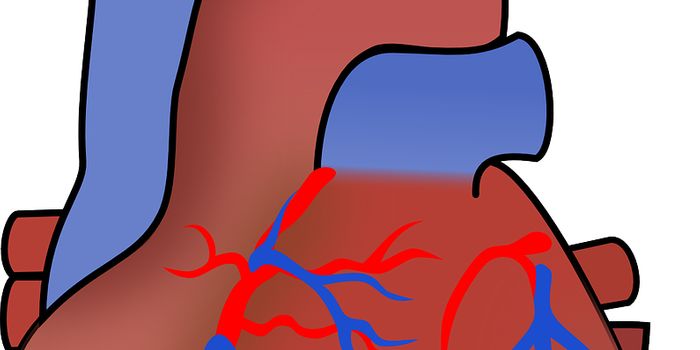A molecule used for drug delivery of insulin was recently found by researchers at the University of Georgia’s Regenerative Bioscience Center to hold treatment capabilities for an aggressive and fatal form of brain cancer—glioblastoma.
Glioblastoma is a fast-growing tumor that arises from supportive tissue around the brain that eventually resist any surgical treatment. The tumor cells become challenging to remove when it is surrounded by healthy brain tissue. More than half of all new cases pass away within the first 15 months. However, the death of late U.S. Sens. John McCain and Ted Kennedy have brought national awareness to that particular cancer and more research attention.
Learn more about glioblastoma:
Now, researchers at the University of Georgia (UGA), discovered that ‘surfen’--a compound first introduced in 1938—is a pharmaceutical agent for optimizing insulin delivery. The researchers described that surfen-treated cells did not further the tumor growth or the the spread of tumor cells.
The MRI image shows the effects of the surfen treatment] pretty drastically.The non-treated image indicates see rampant invasive growth in comparison to the surfen-models where you see a contained tumor.”
Image Credit UGA.edu
“This study shows that we can stifle the growth of invasive brain tumors with a compound that has a substantial clinical advantage, and can aid in the reduction or refinement of mainstream treatments, particularly radiation and/or chemo,” said Lohitash Karumbaiah, associate professor of regenerative medicine in UGA’s College of Agricultural and Environmental Sciences.
Findings of the study were reported in the FASEB Journal. It was the first to report the use of surfen as an application for the treatment of glioblastoma.
“In basic terms, surfen is highly positively charged and will bind to negatively charged things,” said Meghan Logun, a graduate student working with Karumbaiah. “Since we study sugars in the brain, which are highly negatively charged, we then asked, ‘Why not try using positive charges to block off the negative ones? In the surfen-treated animals, we saw that the tumors were actually much more constrained and had more defined boundaries.”
From UGA.edu: Lohitash Karumbaiah at work in his lab. (Photo by Dorothy Kozlowski/UGA)
“The tumor may still grow, but at least now it doesn’t have any invasive inroads to creep into other parts of the brain,” said Karumbaiah. “That could be clinically beneficial for a surgeon wanting to remove the tumor and not having to worry about rogue cancer cells. Our hope is that, in the wake of this discovery, lives can be saved, and we can finally change the scope of this life-threatening disease.”
Source: Science Daily

-
MAY 07, 2024Is It Anti-RNP or Anti-Sm/RNP?
-
MAY 08, 2024Expand your Multiomic Capabilities with RNAscope™
- See More
-
APR 30, 2024Immuno-Oncology Virtual Event Series 2024
-
MAY 07, 20243rd International Biosecurity Virtual Symposium
-
MAY 23, 2024For the Love of Digital PCR 2024
- See More




















































